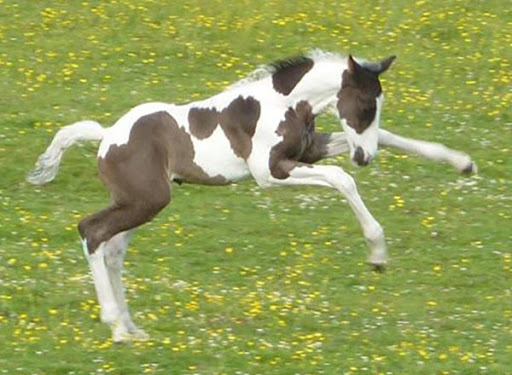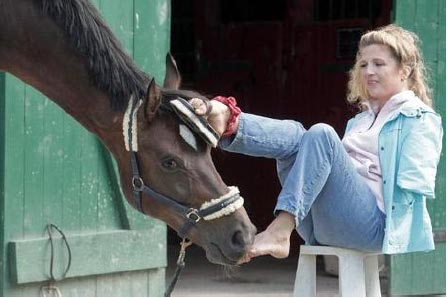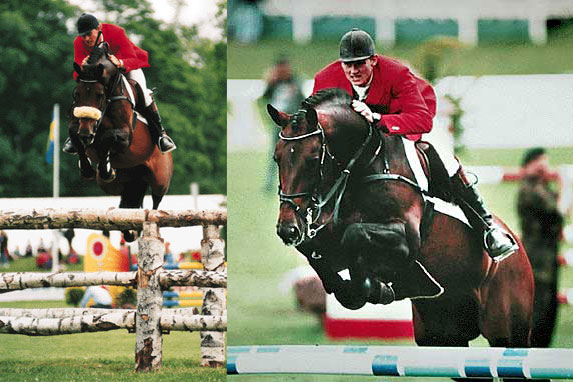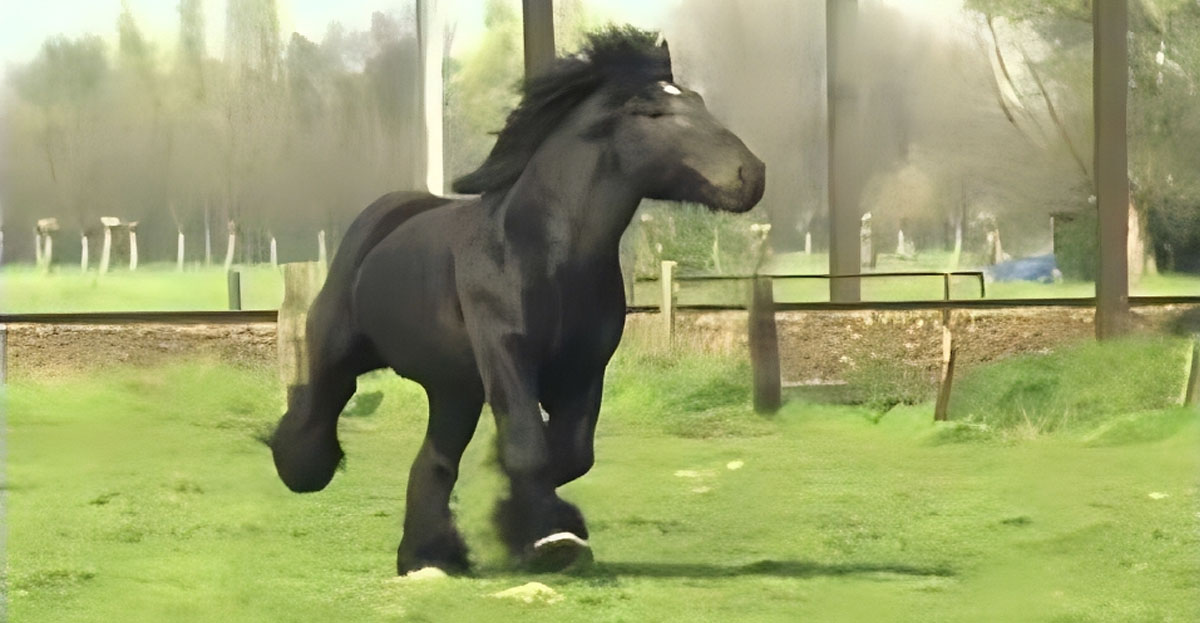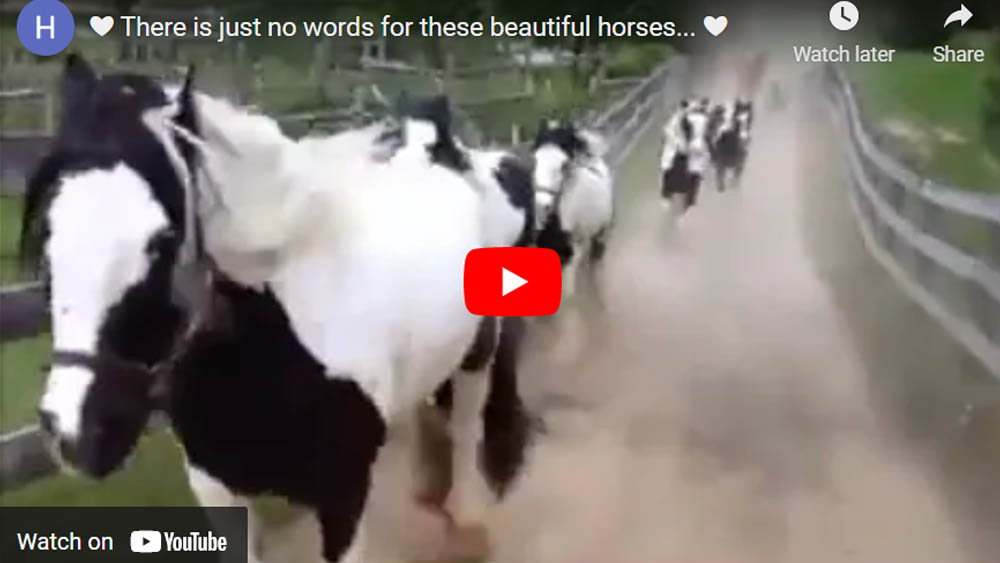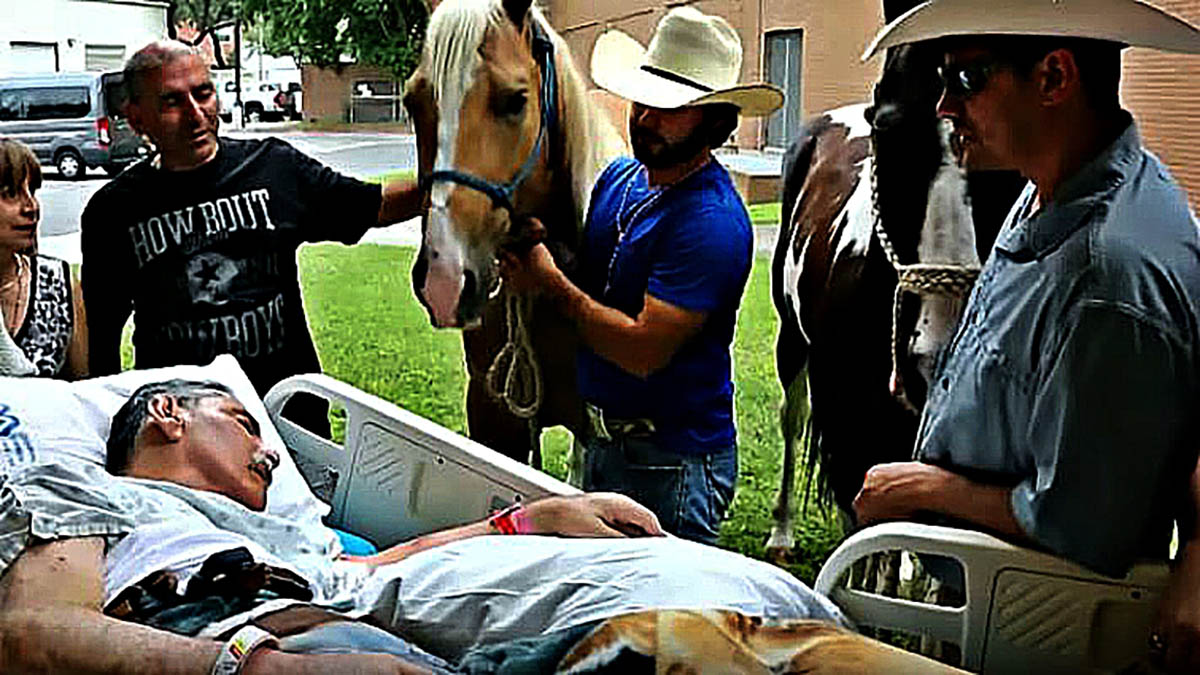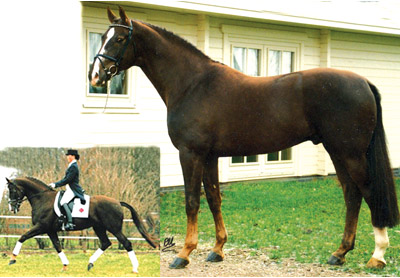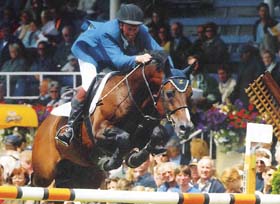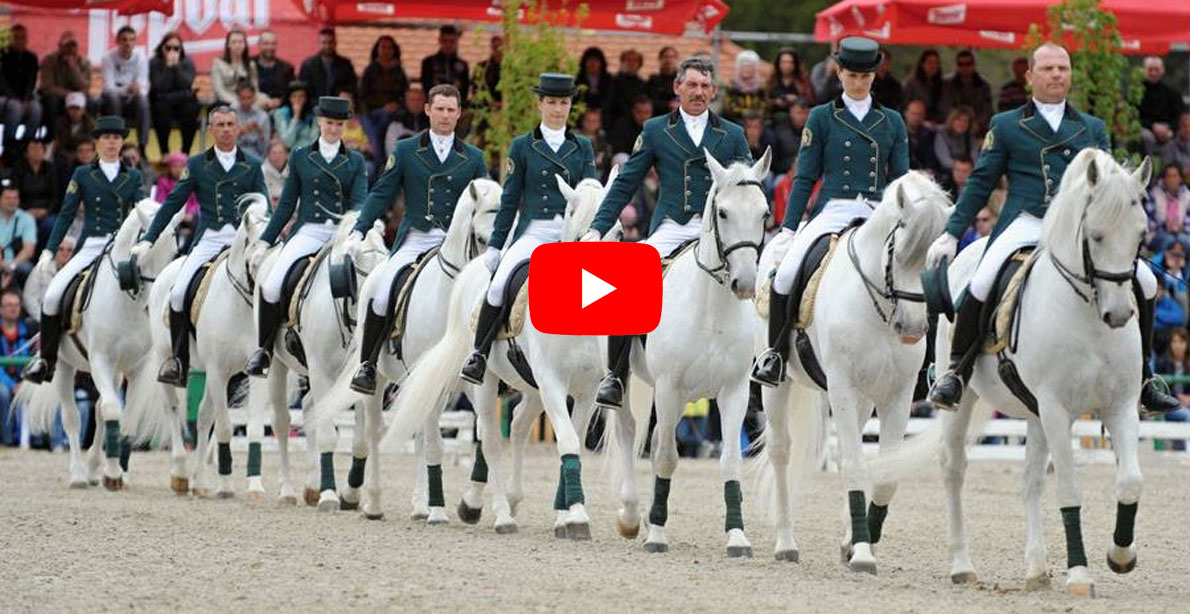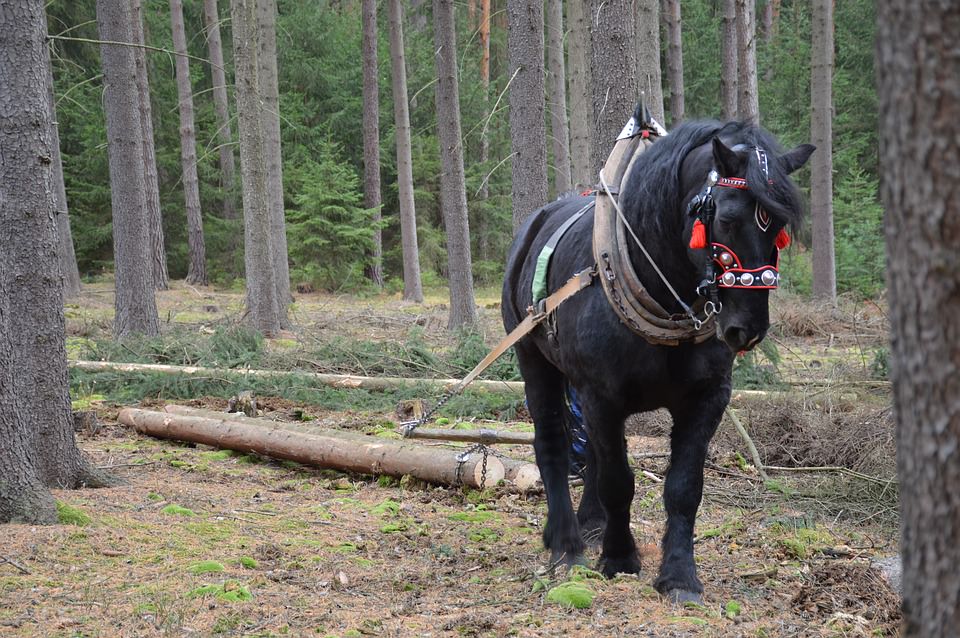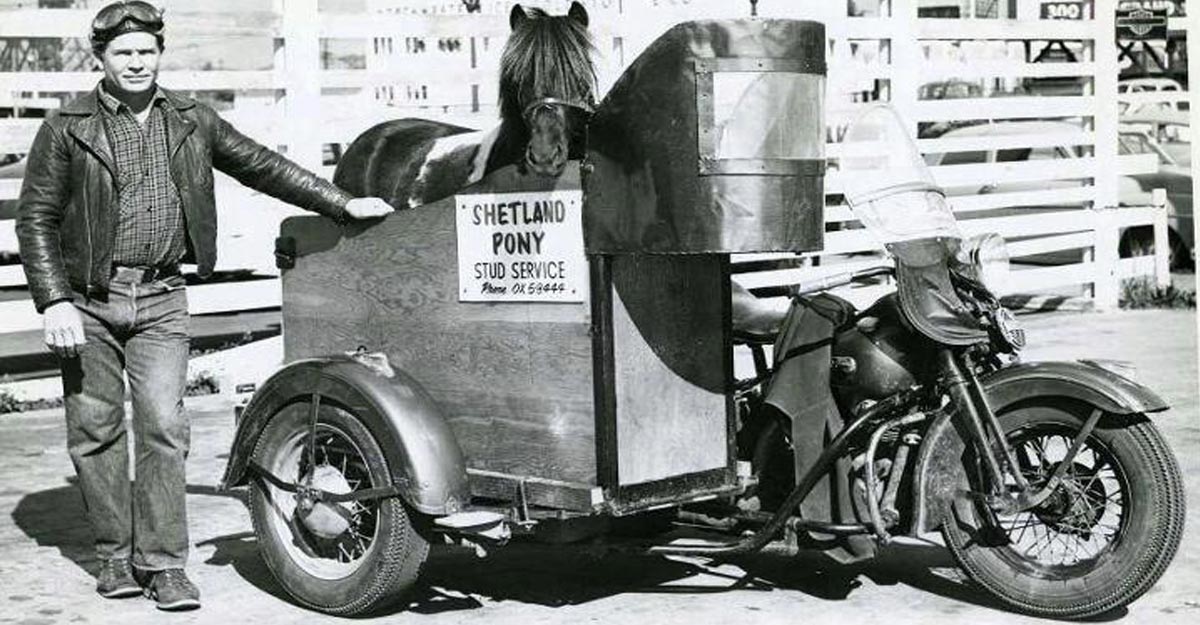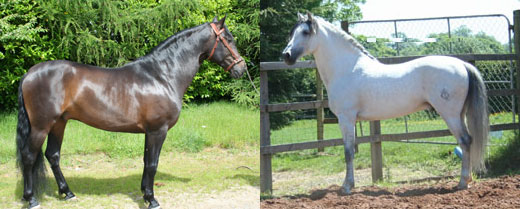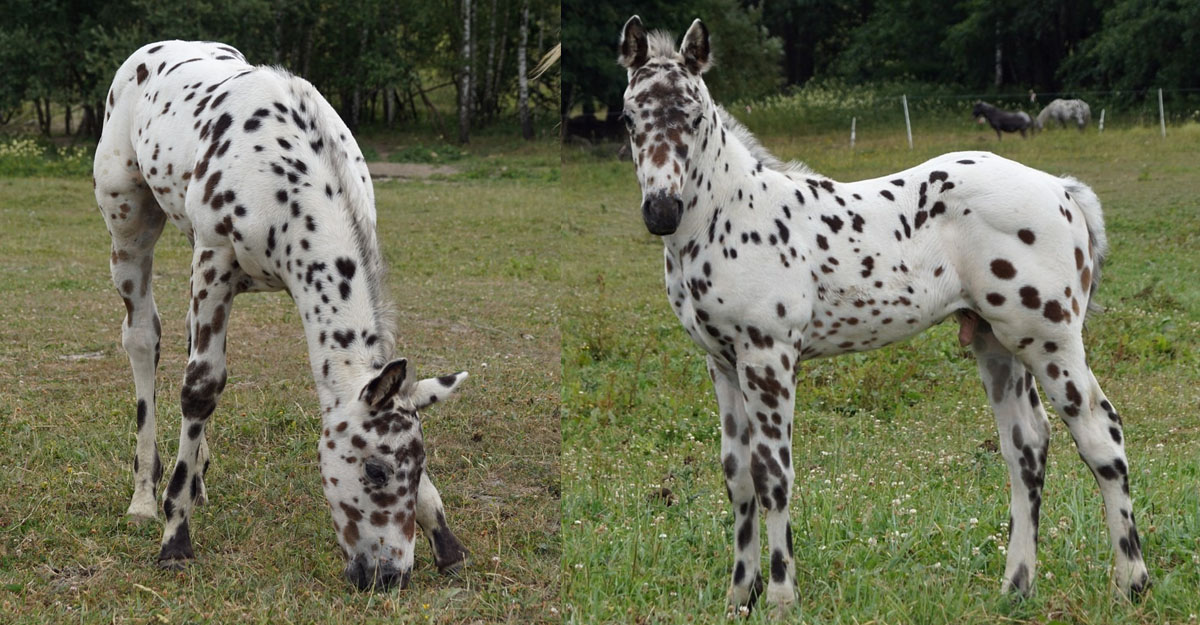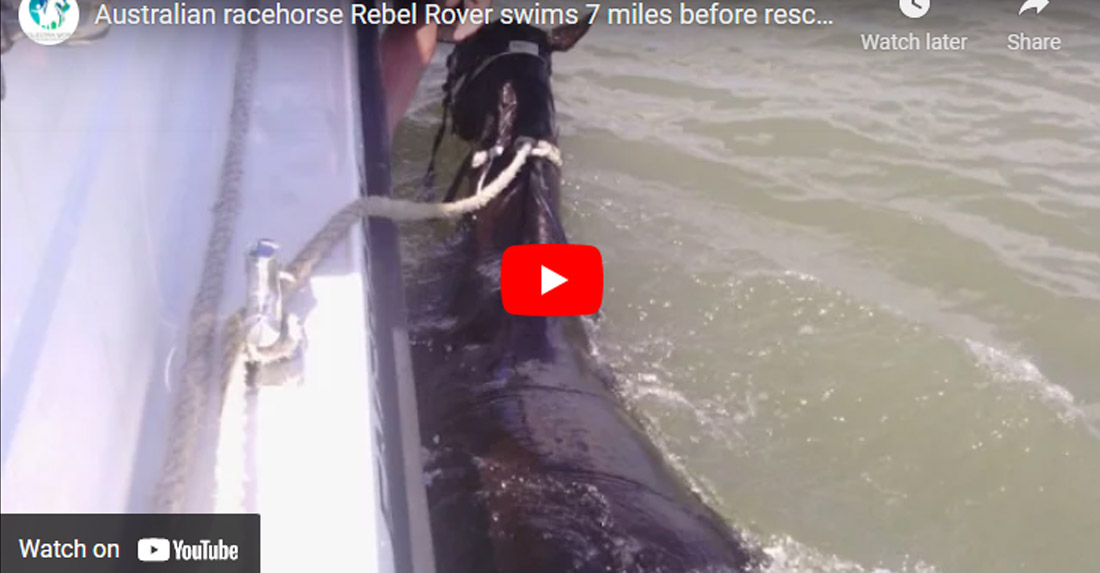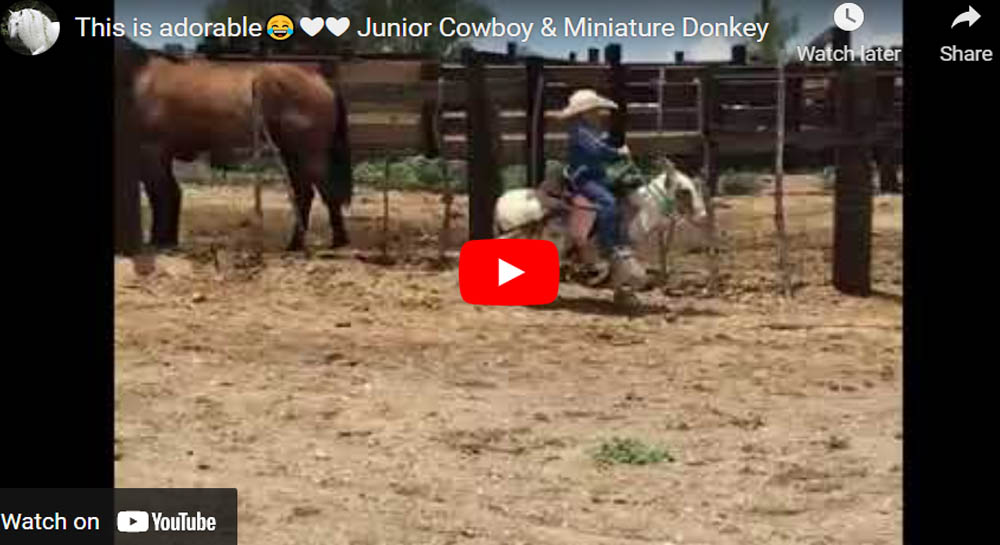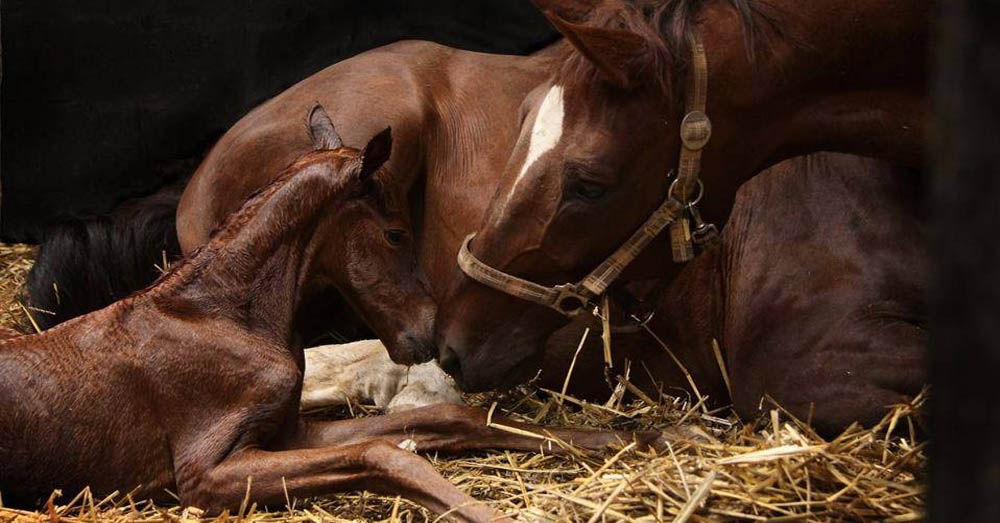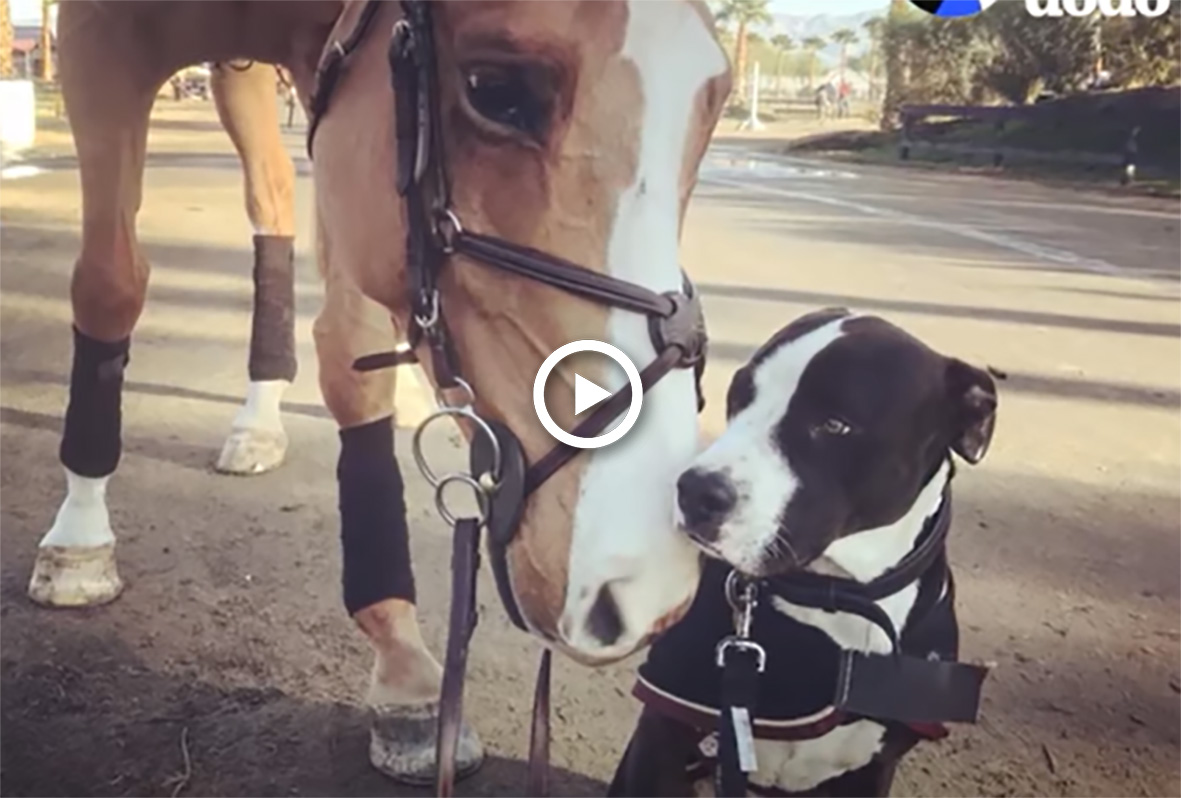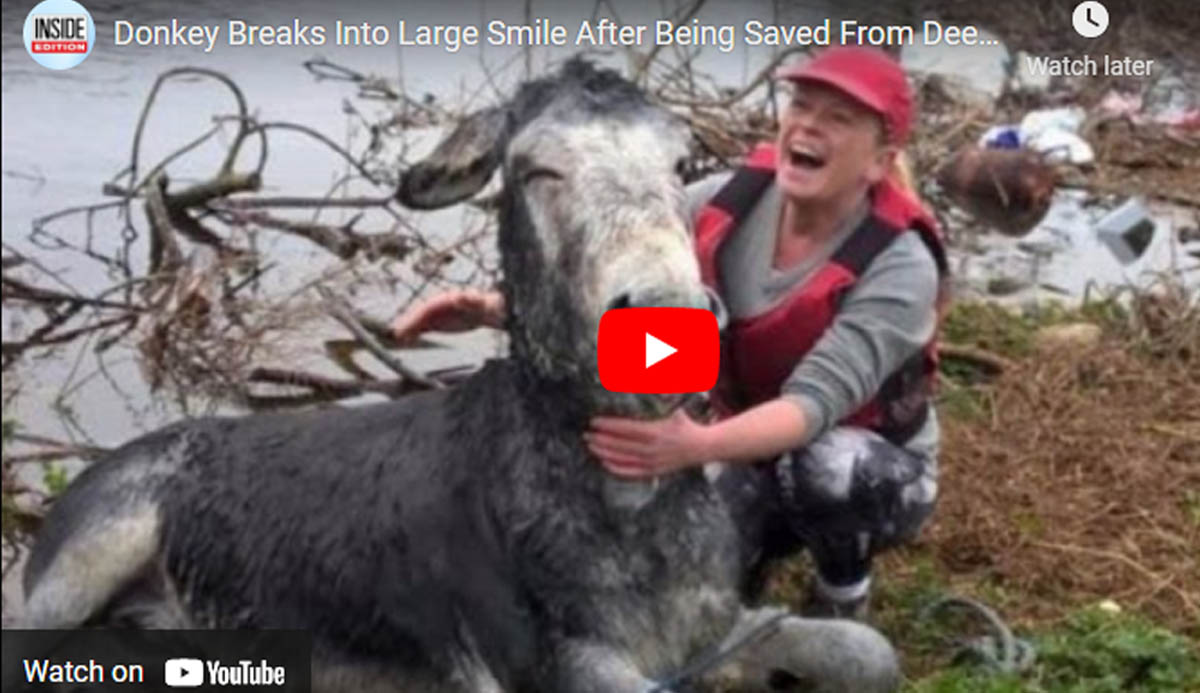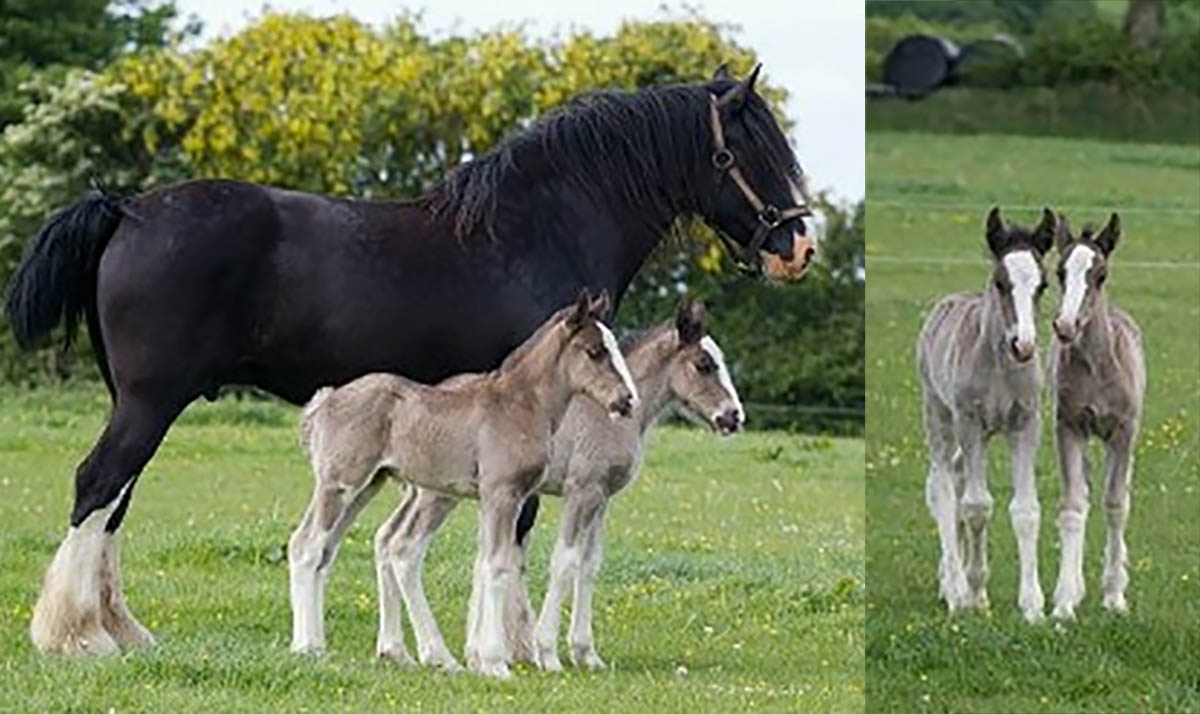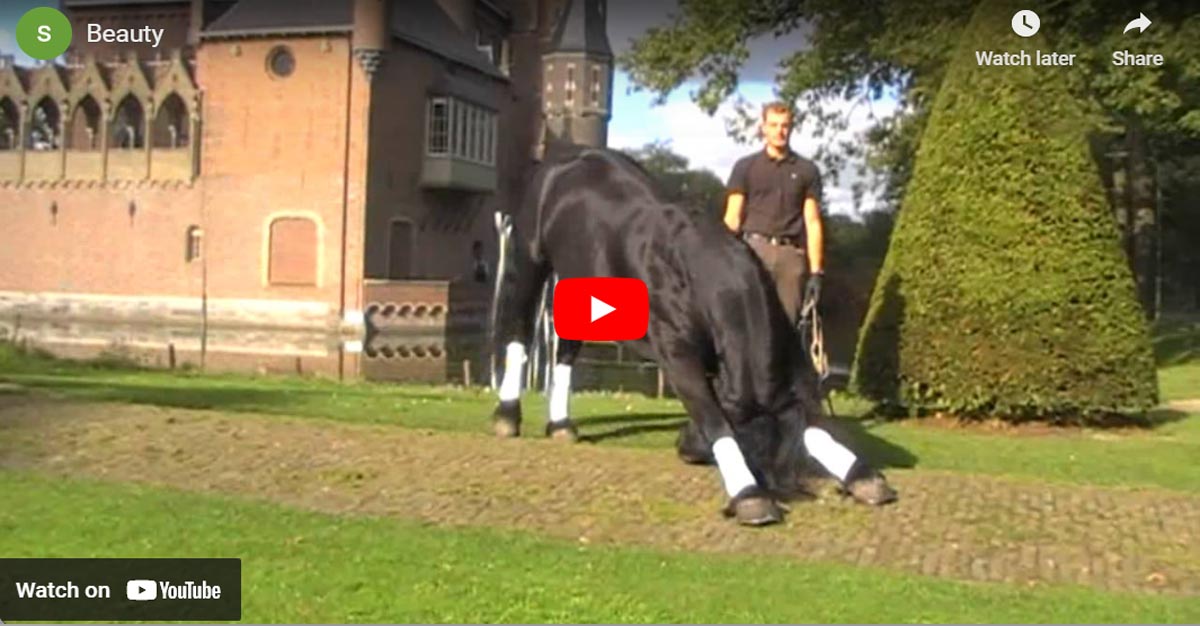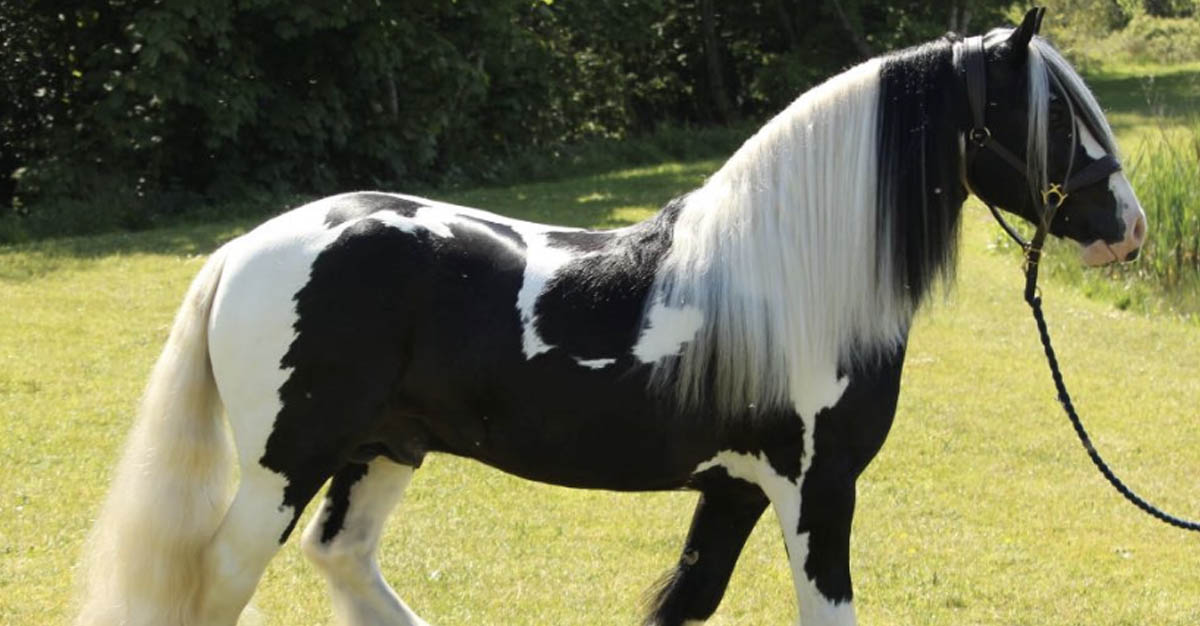Agnes Villarubia Pou
Agnes Villarubia Pou - Spain
Breeding With Transported Semen
Today`s breeding technology provides horse owners more options than were available in the past. Artificial insemination and semen preservation techniques make it possible to ship stallion semen to mares nearly anywhere in the country. But success with transported semen will depend on the careful reproductive management of both stallion and mare.
Why Ship Semen?
Even under the best conditions, transporting horses long distances can be stressful and costly. Mares with Foals are of special concern, since foals are particularly vulnerable to disease and injury when exposed to new horses and environments. Older or injured mares, or those requiring special care, may also benefit from staying closer to home during breeding season. The ability to ship cooled semen makes it possible for breeders to arrange matings that might otherwise be impractical due to distance, economics or health.
Good Candidates
Many - but not all - horse are good candidates for the use of cooled transported semen. Both mares and stallions should be in excellent reproductive health, since fertility problems tend to be compounded when transported semen is added to the breeding equation.
With shipped semen, there is generally only one opportunity per cycle to breed a mare. Problem breeders may fare better at the stud farm, where they can be monitored and serviced at regular intervals throughout their heat cycles.
Also be aware that not every stallion`s semen cools or ships well. Therefore, it is critical for a stallion`s sperm viability to be checked after a dose has been extended and cooled for 24 to 36 hours. This is generally the interval between collection and the time the transported semen is placed in the mare.
If you are planning to raise a registered foal, be sure to check the association`s rules regarding semen transport in advance and follow them. While registry acceptances are growing, no every breed registry permits the use of transported semen.
Intensive Management
Breeding with cooled transported semen is more management-intensive than with on-site matings. Timing is critical. For the greatest chance of pregnancy, a mare must be bred from 12-24 hours before ovulation to up to six hours after ovulation. From a practical standpoint, however, once the mare has ovulated, it may be difficult to determine whether you are still within an acceptable time from e for fertility. Also, remember cooled stallion semen only has a shelf life of 24-48 hours.
The Mare
Prior to breeding season, a mare should have a full reproductive examination. A uterine biopsy and culture may be indicated to get a clearer picture of the mare`s overall reproductive health. During breeding season, the mare should be kept where she can be teased by a stallion on a regular basis in order to detect the onset of estrus reliably.
Once the mare comes into heat, your equine practitioner will need to predict the onset of ovulation accurately - allowing time for the semen shipment to arrive. The veterinarian will monitor the mare daily or every other day via rectal palpation and ultrasound throughout her heat cycle to determine the appropriate time to breed her.
The Stallion
The stallion should also be evaluated for fertility prior to the breeding season. Semen should be tested by extending, cooling and storing it in the same way it will be handled for shipping. Commercial extenders have different formulations. The stallion manager or veterinarian may want to experiment to see which extenders promote the greatest viability. Proper handling is also important. Here are some considerations:
An insemination dose of cooled semen requires 1 billion progressively motile sperm cells, twice the number used in fresh insemination doses. Following storage and transport, 500 million progressively motile sperm cells would be considered a minimum insemination dose.
Veterinarians and stallion managers should have the equipment to determine sperm concentrations and motility accurately. Doses should not be estimated.
Semen extenders should contain antibiotics to help reduce bacterial contamination and the spread of disease.
A high quality shipping container is essential to semen viability; directions should be followed exactly.
Due to variability between individual characteristics of each stallion`s semen, the procedures for extending, shipping, handling and insemination may vary. Directions from the attending veterinarian or stallion manager should be followed precisely.
Any semen which remains after the mare has been bred should be checked for quality.
Semen not used within 48 hours should be discarded even though it may still appear to be viable.
Communication and Cooperation
Good communication between stallion and mare managers is essential. Coordinating semen shipments will take planning and cooperation. Most stallion managers plan collection schedules so as not to overtax a stallion`s fertility or reproductive performance. Collections made 3-4 times per week will accommodate most cooled transported semen requirements without negatively affecting fertility, while allowing breeders to meet on-site demands as well.
The mare should be on a regular teasing and examination schedule to reliably ascertain the proper time to breed. This will allow planning and timely shipment of cooled semen. Many overnight shipping services provide prompt, reliable deliveries and can reduce the need for last-minute trip to the airport.
Costs
Transporting seen may have some cost-saving benefits. However, they can be offset by increased management costs. Additional costs may include:
Special handling and shipping charges
Board, mare care, teasing and management at a breeding facility or clinic.
Veterinary examinations, palpation`s, ultra-sound and artificial insemination charges.
Caveats
Pregnancy rates with transported semen are somewhat lower than with on-the-farm breeding. This means it may take more than once cycle to get a mare in foal. The mare owner absorbs the cost of additional semen shipments, veterinary procedures and mare care.
A Team Effort
Breeding with cooled transported semen is a team effort requiring the expertise of qualified professionals. The goal is to produce a healthy foal in the most efficient, effective way. To prevent disappointment, undue expense and loss of valuable time, you must do your part to ensure success.
Understand your responsibilities.
Check the credentials and references of the breeders and professionals with whom you plan to do business.
Choose stallion and mare management facilities and an equine reproductive specialist whom you trust.
Establish a good line of communication between all parties.
Visit the facilities if possible.
Read your breeding contract carefully.
Contact the associations with which you are affiliated for their guidelines.
Shipping Containers
Shipping containers have been developed which cool stallion semen at the correct, prescribed rate. Semen cooled at a rate too fast will result in irreversible damage to the spermatozoa or cold shock . Semen can be cooled relatively quickly from 37° C (99° F) to 20° C, but must be slow cooled at a rate of .05 C°/min from 20° C to 5° C (47° F). These containers cool semen over a 10 hour period, and hold the semen at 5° C (47° F). A common refrigerator cannot be used to cool semen because the cooling rate will be to fast.

Breeding With Transported Semen
Today`s breeding technology provides horse owners more options than were available in the past. Artificial insemination and semen preservation techniques make it possible to ship stallion semen to mares nearly anywhere in the country. But success with transported semen will depend on the careful reproductive management of both stallion and mare.
Why Ship Semen?
Even under the best conditions, transporting horses long distances can be stressful and costly. Mares with Foals are of special concern, since foals are particularly vulnerable to disease and injury when exposed to new horses and environments. Older or injured mares, or those requiring special care, may also benefit from staying closer to home during breeding season. The ability to ship cooled semen makes it possible for breeders to arrange matings that might otherwise be impractical due to distance, economics or health.
Good Candidates
Many - but not all - horse are good candidates for the use of cooled transported semen. Both mares and stallions should be in excellent reproductive health, since fertility problems tend to be compounded when transported semen is added to the breeding equation.
With shipped semen, there is generally only one opportunity per cycle to breed a mare. Problem breeders may fare better at the stud farm, where they can be monitored and serviced at regular intervals throughout their heat cycles.
Also be aware that not every stallion`s semen cools or ships well. Therefore, it is critical for a stallion`s sperm viability to be checked after a dose has been extended and cooled for 24 to 36 hours. This is generally the interval between collection and the time the transported semen is placed in the mare.
If you are planning to raise a registered foal, be sure to check the association`s rules regarding semen transport in advance and follow them. While registry acceptances are growing, no every breed registry permits the use of transported semen.
Intensive Management
Breeding with cooled transported semen is more management-intensive than with on-site matings. Timing is critical. For the greatest chance of pregnancy, a mare must be bred from 12-24 hours before ovulation to up to six hours after ovulation. From a practical standpoint, however, once the mare has ovulated, it may be difficult to determine whether you are still within an acceptable time from e for fertility. Also, remember cooled stallion semen only has a shelf life of 24-48 hours.
The Mare
Prior to breeding season, a mare should have a full reproductive examination. A uterine biopsy and culture may be indicated to get a clearer picture of the mare`s overall reproductive health. During breeding season, the mare should be kept where she can be teased by a stallion on a regular basis in order to detect the onset of estrus reliably.
Once the mare comes into heat, your equine practitioner will need to predict the onset of ovulation accurately - allowing time for the semen shipment to arrive. The veterinarian will monitor the mare daily or every other day via rectal palpation and ultrasound throughout her heat cycle to determine the appropriate time to breed her.
The Stallion
The stallion should also be evaluated for fertility prior to the breeding season. Semen should be tested by extending, cooling and storing it in the same way it will be handled for shipping. Commercial extenders have different formulations. The stallion manager or veterinarian may want to experiment to see which extenders promote the greatest viability. Proper handling is also important. Here are some considerations:
An insemination dose of cooled semen requires 1 billion progressively motile sperm cells, twice the number used in fresh insemination doses. Following storage and transport, 500 million progressively motile sperm cells would be considered a minimum insemination dose.
Veterinarians and stallion managers should have the equipment to determine sperm concentrations and motility accurately. Doses should not be estimated.
Semen extenders should contain antibiotics to help reduce bacterial contamination and the spread of disease.
A high quality shipping container is essential to semen viability; directions should be followed exactly.
Due to variability between individual characteristics of each stallion`s semen, the procedures for extending, shipping, handling and insemination may vary. Directions from the attending veterinarian or stallion manager should be followed precisely.
Any semen which remains after the mare has been bred should be checked for quality.
Semen not used within 48 hours should be discarded even though it may still appear to be viable.
Communication and Cooperation
Good communication between stallion and mare managers is essential. Coordinating semen shipments will take planning and cooperation. Most stallion managers plan collection schedules so as not to overtax a stallion`s fertility or reproductive performance. Collections made 3-4 times per week will accommodate most cooled transported semen requirements without negatively affecting fertility, while allowing breeders to meet on-site demands as well.
The mare should be on a regular teasing and examination schedule to reliably ascertain the proper time to breed. This will allow planning and timely shipment of cooled semen. Many overnight shipping services provide prompt, reliable deliveries and can reduce the need for last-minute trip to the airport.
Costs
Transporting seen may have some cost-saving benefits. However, they can be offset by increased management costs. Additional costs may include:
Special handling and shipping charges
Board, mare care, teasing and management at a breeding facility or clinic.
Veterinary examinations, palpation`s, ultra-sound and artificial insemination charges.
Caveats
Pregnancy rates with transported semen are somewhat lower than with on-the-farm breeding. This means it may take more than once cycle to get a mare in foal. The mare owner absorbs the cost of additional semen shipments, veterinary procedures and mare care.
A Team Effort
Breeding with cooled transported semen is a team effort requiring the expertise of qualified professionals. The goal is to produce a healthy foal in the most efficient, effective way. To prevent disappointment, undue expense and loss of valuable time, you must do your part to ensure success.
Understand your responsibilities.
Check the credentials and references of the breeders and professionals with whom you plan to do business.
Choose stallion and mare management facilities and an equine reproductive specialist whom you trust.
Establish a good line of communication between all parties.
Visit the facilities if possible.
Read your breeding contract carefully.
Contact the associations with which you are affiliated for their guidelines.
Shipping Containers
Shipping containers have been developed which cool stallion semen at the correct, prescribed rate. Semen cooled at a rate too fast will result in irreversible damage to the spermatozoa or cold shock . Semen can be cooled relatively quickly from 37° C (99° F) to 20° C, but must be slow cooled at a rate of .05 C°/min from 20° C to 5° C (47° F). These containers cool semen over a 10 hour period, and hold the semen at 5° C (47° F). A common refrigerator cannot be used to cool semen because the cooling rate will be to fast.




